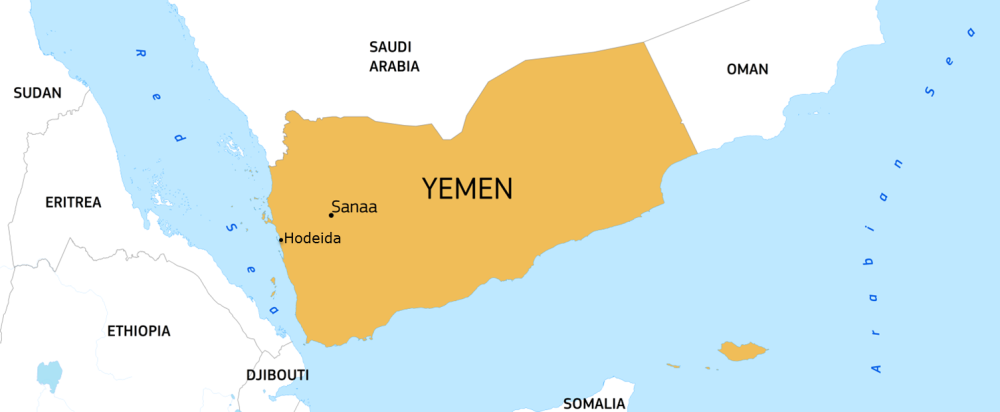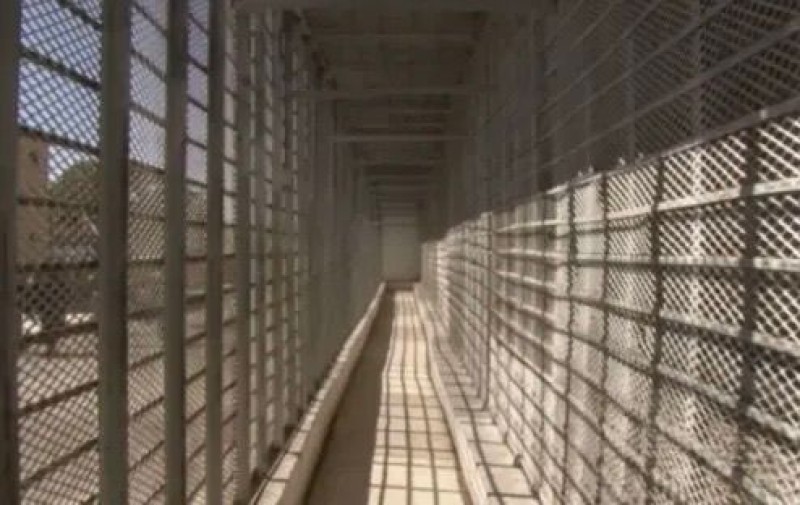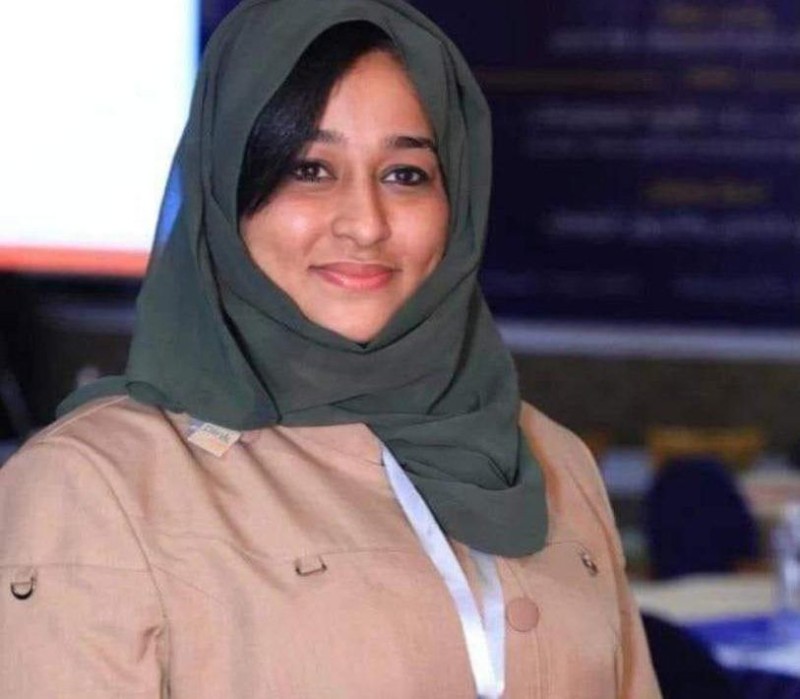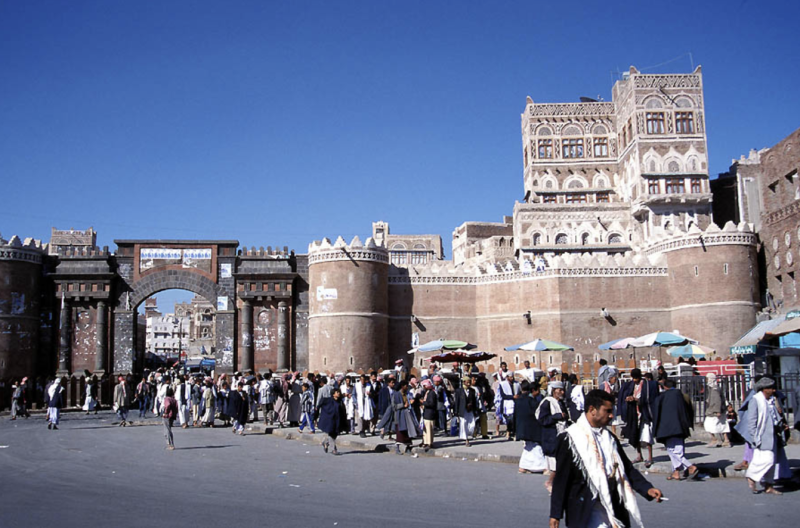European Civil Protection and Humanitarian Aid Operations in Yemen


Aden-
After over 9 years of war, Yemen remains one of the world’s worst humanitarian crises.
In April 2022, a UN-brokered truce offered the longest period of respite to civilians since the start of the war. However, it formally expired in October 2022.
While most of its elements continue to hold, the situation remains fragile and humanitarian needs continue to grow due to the combined effects of decades of conflict, a severe economic crisis, disrupted public services and recurrent natural hazards, further exacerbated by climate change.
Without a political solution, increased funding and improved humanitarian access, needs will persist and continue to rise.
What are the needs?
In 2023, 21.6 million people in Yemen – 67% of the population - need humanitarian assistance and protection services. More than 4.5 million have been displaced often multiple times over the years.
Close to 17 million people face acute food insecurity. Malnutrition has also reached unprecedented levels, among the highest in the world.
The health system has nearly collapsed. Vaccination campaigns are increasingly challenged by access constraints, leading to recurrent epidemic outbreaks and transmissible diseases, including measles, polio and cholera.
Schools are overstretched due to an overwhelming number of pupils or used as military premises limiting children’s access to education. Providing essential services is further eroded by the inconsistent payment of salaries of public servants.
Protection of civilians and systematic violations of international humanitarian law remain a major concern. Landmines, improvised explosive devices, and other explosive remnants of war are a daily threat to civilians.
Migrants, refugees, and asylum seekers continue to travel along the eastern migration route facing threats to their safety and dignity in Yemen. Threats include reported potential cases of mass killing, gender-based violence, arbitrary detention, and trafficking.
Despite the huge scale of needs, the humanitarian operating environment continues to deteriorate across the country.
Access constraints, increasing bureaucratic impediments, and security incidents remain daily challenges for humanitarian actors on the ground. The increased restrictions on the movement of female aid workers dramatically hampers aid delivery.
How are EU helping?
Since the beginning of the war in 2015, the EU has contributed almost €1.5 billion to respond to the crisis in Yemen. This includes over €1 billion in humanitarian aid and €487 million in development assistance.
In 2023, the EU allocated € 145.12 million in humanitarian aid to assist those affected by the conflict in Yemen focusing on the most vulnerable and disadvantaged.
We support those directly affected by conflict, disasters or displacement, as well as households impacted by the food insecurity and health crises. Our partners continue to help populations across the country in active conflict zones, hard-to-reach areas and in displacement.
Main intervention areas
Our assistance includes food, health care, nutrition, protection, education in emergencies, water, hygiene, and shelter interventions.
With EU humanitarian support, partners provide basic services in the numerous displacement sites across Yemen. Furthermore, newly displaced populations are supported with an emergency assistance package consisting of essential household goods and cash.
In 2023, EU provided more than €30 million of EU humanitarian assistance in the form of cash transfers to affected populations. Cash transfers is considered an efficient and effective form of aid.
Eu humanitarian partners are also working to address the gap left by the collapsing health sector. EU support ensures the delivery of health services to vulnerable populations addressing the dire needs in the country, including in hard-to-reach areas and close to frontlines.
Children
The EU funds education projects to address the need of safe quality education. These projects aim to get internally displaced children into informal schools with accelerated and alternative learning initiatives.
EU humanitarian funding contributes to reduce the drastic malnutrition rates and supports the treatment of severely malnourished children at high risk of dying. To reduce illness and death from waterborne diseases, we also finance projects to repair and rehabilitate water and sanitation infrastructure.
Conflict-affected people who have suffered bodily harm and psychological shock, including from mines and unexploded ordnances, are assisted with comprehensive rehabilitation services.
Mine clearance and mine risk education are a key priority. This is due to the high contamination with explosive remnants of war and improvised explosive devices after years of war.

Sana’a – The reported killing of a female prisoner inside the central prison in the Houthi-controlled capital Sana’a has sparked…

The National Center for Human Rights and Democratic Development (NCHRDD) has called on the Houthi militia leadership in Sana’a to immediately…

Sana’a — A tragic incident unfolded in the Bab al-Yemen district of central Sana’a this week, when a Yemeni citizen set himself o…